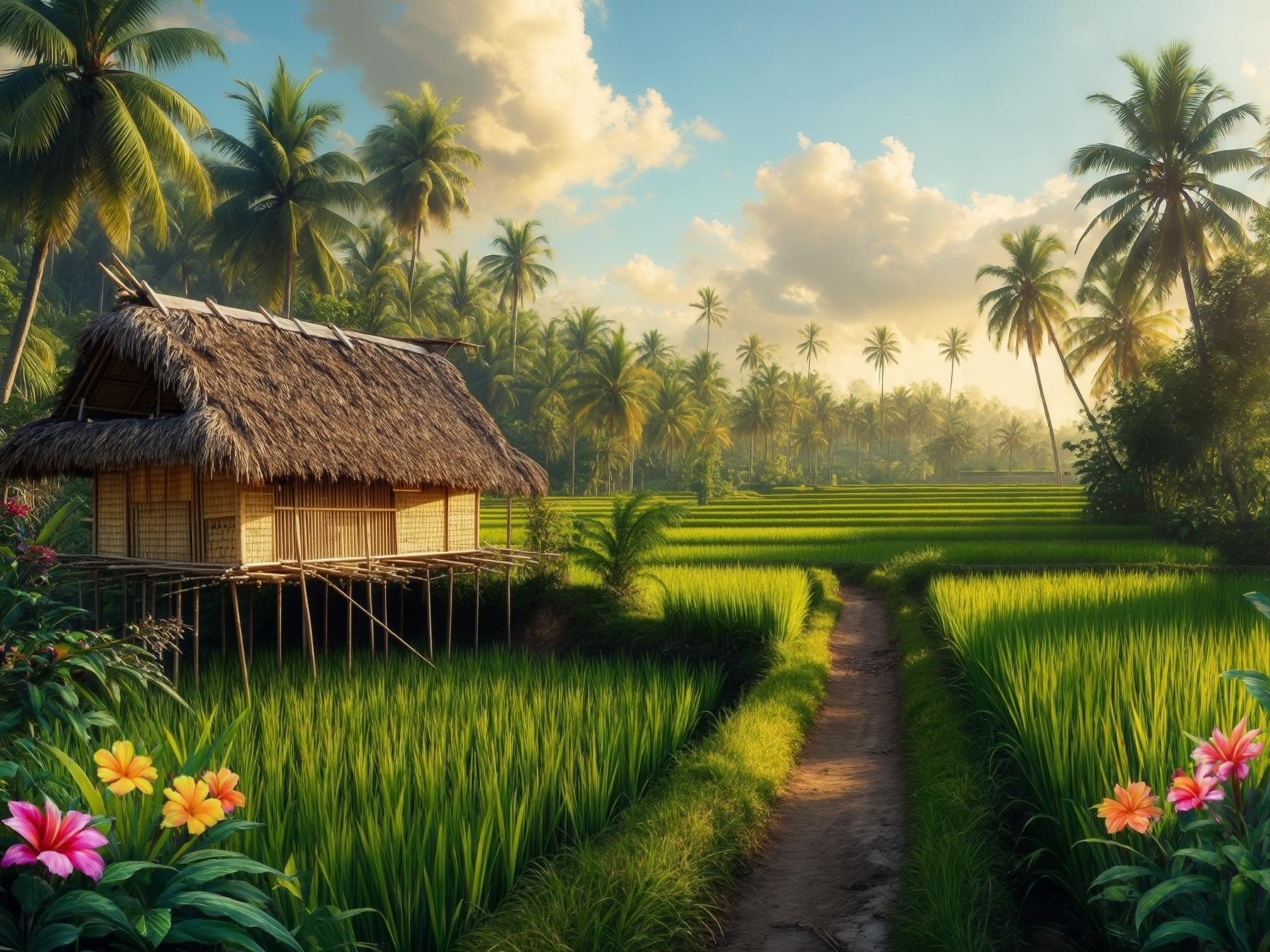Exploring the Unique Jili in Calabanga, Philippines

The Philippines is a country rich in culture, tradition, and culinary delights, and one of its hidden gems is the jili found in Calabanga. This local specialty not only represents the flavors of the region but also plays a significant role in the community’s identity and economy. In this blog post, we will delve into the origins, preparation, and cultural significance of jili, making it a must-know for both locals and visitors alike.
What is Jili?
Jili refers to a popular local dish made from the vibrant and flavorful ingredients that the Philippines has to offer. Traditionally, it consists of various types of fish, meat, or vegetables seasoned with local spices, often served with rice. The dish is known for its unique taste profile, which combines savory, spicy, and sweet flavors, making it a delightful culinary experience.
The Origin of Jili in Calabanga
Calabanga, a municipality in the province of Camarines Sur, is known for its rich agricultural land and access to fresh seafood. The origin of jili can be traced back to the local fishing communities who utilized their catch in innovative ways, creating dishes that highlight the region’s bountiful resources. Over the years, jili has evolved, incorporating influences from various cultures while maintaining its authentic Filipino roots.
The Ingredients of Jili
The key to an exceptional jili lies in its ingredients. Here are some common components that are often found in this dish:
- Fresh Seafood: Fish, shrimp, or squid, typically sourced from local fishermen.
- Meat: Pork or chicken may also be used, depending on personal preference.
- Vegetables: A variety of vegetables, including eggplant, bell peppers, and onions.
- Spices: Local spices like ginger, garlic, and chili pepper are essential for flavor.
- Coconut Milk: Often used for creaminess and a hint of sweetness.
How Jili is Prepared
Preparing jili is an art that reflects the heart of Filipino cooking. The process typically involves:
- Sourcing Ingredients: The fresher the ingredients, the better the dish. Local markets in Calabanga are ideal for this.
- Cooking the Base: Start by sautéing garlic, onions, and spices in a pan until fragrant.
- Adding Proteins: Incorporate your choice of seafood or meat, allowing it to cook through.
- Vegetable Medley: Add vegetables and cook until tender.
- Finishing Touch: Stir in coconut milk for richness and adjust seasoning to taste.
This process showcases the communal aspect of cooking in the Philippines, where families often gather to share recipes and culinary tips.
The Cultural Significance of Jili
In Calabanga, jili is more than just a dish; it embodies the spirit of community and tradition. Family gatherings, celebrations, and festivals often feature jili as a staple dish, highlighting its importance in social events. The act of preparing and sharing jili strengthens bonds among community members and preserves the culinary heritage of the region.
Economic Impact of Jili
The production and sale of jili also play a crucial role in the local economy of Calabanga. Many families rely on the fishing and agriculture sectors for their livelihoods. Here’s how jili contributes economically:
- Local Employment: Fishing, farming, and food preparation create job opportunities.
- Tourism: Visitors to Calabanga often seek out authentic culinary experiences, boosting local businesses.
- Cultural Preservation: By promoting traditional dishes like jili, the community maintains its cultural identity, attracting cultural tourism.
Enjoying Jili: Where to Find It
If you’re planning a visit to Calabanga, here are some must-visit places to enjoy authentic jili:
- Local Eateries: Small restaurants and eateries often have the best versions of jili, made with family recipes.
- Street Food Stalls: For a quick taste, street vendors serve delicious, affordable jili on the go.
- Community Festivals: Participate in local festivals to enjoy jili prepared in large quantities, often as part of cultural celebrations.
For those who wish to learn more about jili, including recipes and cultural context, check out 49Jilis, a great resource for enthusiasts.
Frequently Asked Questions (FAQs)
- What does jili taste like?
Jili has a unique flavor profile that combines savory, spicy, and sometimes sweet notes, depending on the ingredients used.
2.

Mag-iwan ng Inquiry sa 49jilis -49jilis.com